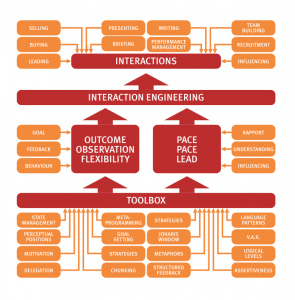
What does the fact that we bought a van have to do with your taking over a new team?
Surprisingly, there are a lot of similarities.
We bought a new camper van last year. We wanted to move up to a bigger van which would give us more opportunities and I saw one advertised which was a bargain.
I wasn’t sure it was exactly what we wanted, or that it would do exactly what we needed but we could see the potential so we bought it.
We carried out some immediate alterations to make it work a bit more effectively for us and we took it on a 2,500 mile trip around England and Scotland.

While we were travelling and learning how everything worked we planned how to make it do exactly what we wanted it to do and how we could make it the best van it could be.
We spent a lot of time planning the alterations and the best time to do them (over the winter), set some goals and prepared a project plan.
I didn’t know how to make some of those planned changes so I researched the best tools and techniques for the job, (thank god for YouTube), bought the tools and I’m practising the techniques off line, ready to apply them to the job in hand.
There are some things I need expert help with. The van electrics for example. I need to be confident of finishing on time and safely, so I am employing an expert to design and install the electrical system. He is going to explain and show me each step so I can learn how to do it for myself next time.
At the moment, the van is gutted, the walls and floors are marked out for all of the fixtures and fittings and it’s waiting for us to install the insulation and begin the construction. It looks a lot worse than it did a few months ago but we’ve got a clear plan and have been communicating throughout so we’re confident in our project and excited about the end result.

Reflecting on the van project I thought it was a really good metaphor for taking on a new team. Spending time getting to know them, making early, crucial changes but not making major changes until you’ve worked with them for a while and established your goals for the team. Once you’ve done this, making a plan, deciding what resources you need and getting those resources and, if necessary, working with an expert who can help you in the areas where you need external help, and helping you gain new skills, realising that it will probably get worse until it gets better, communicating progress along the way then, finally enjoying leading a really effective team.
We’ll be enjoying our newly reconstructed van this summer. How will you be enjoying your new team?
